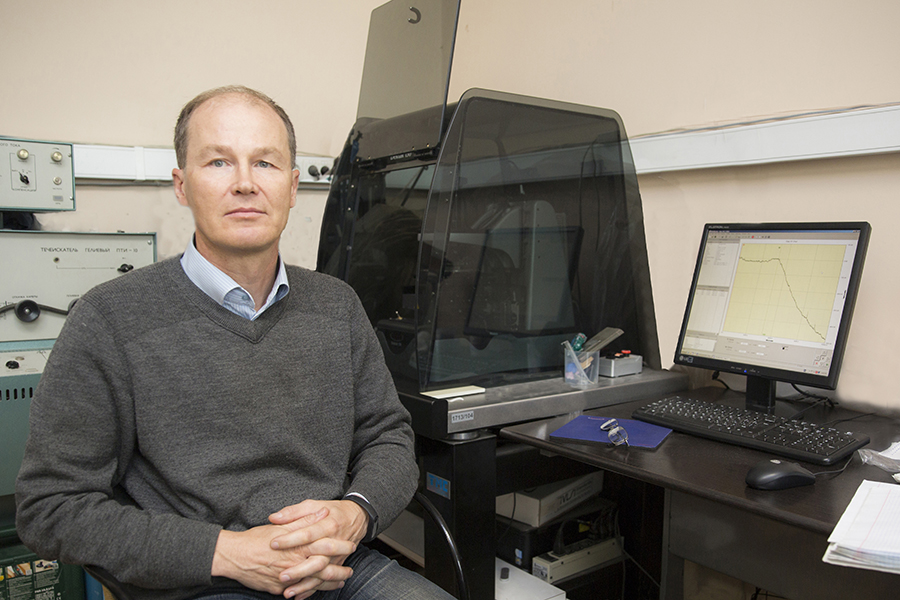Scientists of the Department of solid state physics and nanosystems of the Institute of Laser and Plasma Technologies in cooperation with specialists from the Institute of solid state physics RAS and Institute of problems of microelectronics technology and high purity materials RAS have proposed a new materials, which can be implemented in bipolar effect of resistive switchings (BERS). These materials can become the basis for development of memristor-based computer, that not only store but also process data like neurons in the human brain. Results were published in the Materials Letters journal.
The BERS phenomenon is currently a popular area of research around the world, both in the fundamental and the applied sciences. It can be used to create non-volatile two-terminal memory cells and a memristor — the fourth fundamental element in electronics. Memristors may become the basis for a new approach to data processing called memcomputing.
Miscomputing is a new way of processing data when short-term (RAM) and long-term (hard drive) memories are operated by elements that are similar to neurons in the human brain.
The resistive switching effect is emerged when, subject to an external electric field, a material’s conductivity changes by several degrees thereby realizing two metastable conditions, high resistive and low resistive conditions. If the nature of the switching depends on the direction of the electric field, the effect is called bipolar. The switching mechanism depends on the type of the material — it could be formation of conducting channels via the migration of metal ions, the formation of Schottky barriers, metal-insulator phase transitions and others.
MEPhI’s scientists are searching for new materials, which can be implemented in BERS. Previously it was found that it observed in systems with strong electron correlations, these include, materials with large magnetoresistance and high-temperature superconductors.

Andrey Ivanov, assistant professor of Department of solid state physics and nanosystems, National Research Nuclear University MEPhI
As a result of scientific research, scientists chose epitaxial films that form on the surface of a monocrystalline substrate of strontium titanate (epitaxy is a natural and well-ordered growth of one crystalline material on another). Scientists have proved the possibility of using these films to create a memristor for a new generation of computers.
"The novelty of our work is in the usage of the method of lithography, which allows to develop the technology of miniaturization of resistive memory elements," commented assistant professor of the Department of solid state physics and nanosystems, Andrey Ivanov.





